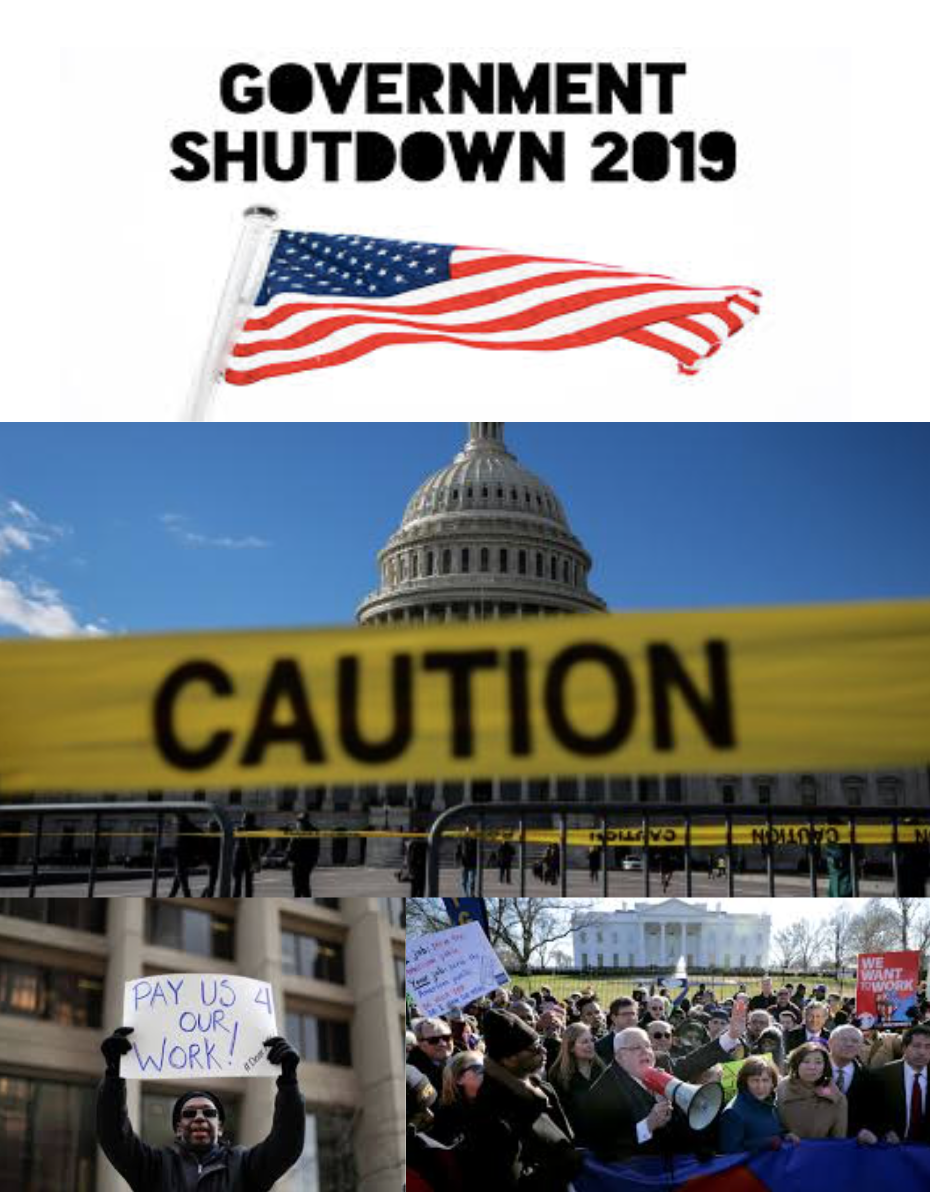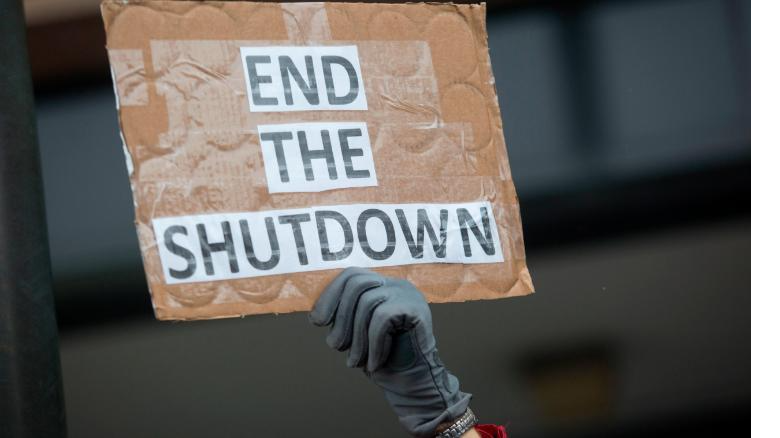The 2018-2019 Government shutdown is the longest in United States history
As of Friday, January 25, President Donald Trump’s endorsement of a new bill will lift the partial United States government shutdown temporarily reopen the government. The shutdown began December 22, 2018 and has ended after a 35-day standstill. The shutdown is a result of the conflict between the Executive and Legislative Branches of government and their differing positions on border security. It broke the record for the longest shutdown in United States history, surpassing the 21-day shutdown during former President Mr. Bill Clinton’s administration. The shutdown is affecting many federal agencies including the Departments of Agriculture, Commerce, Homeland Security, Housing and Urban Development, the Interior, Justice, State, Transportation, and the Treasury and the Environmental Protection Agency, according to The New York Times.

Mr. Trump and the congressional Democrats reached an agreement in their negotiations, allowing Congress to restore funding to the government agencies. However, neither party reached an agreement to allocate 5.7 billion dollars to build a wall along the southern border of the country, according to bbc.com.
Regarding the shutdown, Mr. Vincent Badagliacca, Upper School History Teacher and Chair of the History Department, shared his concerns about tensions in the United States Government.
“The inability of the Legislative and Executive Branches of our federal government to fund critical government functions is a clear manifestation of dysfunction and the never-ending struggle for political power between the two parties,” Mr. Badagliacca said. “There has to compromise so that the people’s work can be performed.”
During the time of the shutdown, certain establishments, such as the National Zoo, National Parks, and Smithsonian Museums, closed and about eight-hundred-thousand federal workers worked without pay for about five weeks, and as a result, thousands have applied for unemployment benefits, according to The New York Times.
As well as applying for benefits, furloughed federal workers started working part-time jobs, such as delivery and ride-hailing services, to earn money and get by while the shutdown continued, according to The New York Times.
Only essential agencies, such as the United States Postal Service, Law Enforcement, and the Transportation Security Administration (TSA), remained open during the shutdown. These workers continued their daily jobs without pay.
As a consequence of the shutdown, there was a decline in government employees willing to work without pay for such jobs as food inspections and traveling security. Many TSA workers responsible for screening passengers and baggage and plane traffic control have called in sick in increased numbers, and have been missing work to look for paying jobs to cover their lost wages. A union representing the thousands of TSA officers announced that officers are quitting or will quit their jobs due to the lack of pay and the financial hardship this has incurred on their lives, according to The New York Times.
In Washington D.C., many nonprofit organizations, such as World Central Kitchen fed thousands of government workers who were unable to buy their food due to the stop of cash flow from their jobs. So far, a typical government employee has missed about $5,000 in pay since the beginning of the shutdown, according to The New York Times.
Thousands of government employees took to the streets of Washington D.C., January 15, to protest the shutdown and to send a message to the president and Congress. The employees established that they wanted to get back to their jobs and for payment for the work that they did during the duration of the shutdown. The American Federation of Labor and Congress of Industrial Organizations (AFL-CIO) worked closely with the workers to ensure that Congress understood their message during the protest, according to aflcio.org.

Mr. Trump and Congress passed a motion January 16 assuring furloughed, federal workers will receive payment after the end of the shutdown. Workers who have continued to work without pay during the shutdown will also benefit from the bill. It allows affected employees, who worked without pay, to take leave, including vacation time, according to wsj.com.
Recently, Congress passed the spending bill, which reopened the federal government for three weeks and restored federal agencies, that remained closed during the shutdown, to their normal functions. Also, the eight hundred thousand federal workers going without pay will now receive compensation for the five-weeks they did not receive payment, according to The New York Times.
Discussing the shutdown, Mr. Badagliacca further stated how the aftermath will affect the people of America and the future state of the government.
“At some point, it will end, and we the people will have paid a high cost, “Mr. Badagliacca said. “The most serious of which is the damage caused to the effective operation of our representative democracy.”
Featured Image by Caroline Baranello ’20

Caroline is very excited to be the King Street Chronicle’s first-ever Content Editor for Articles and Digital media. She will also continue the segment...

